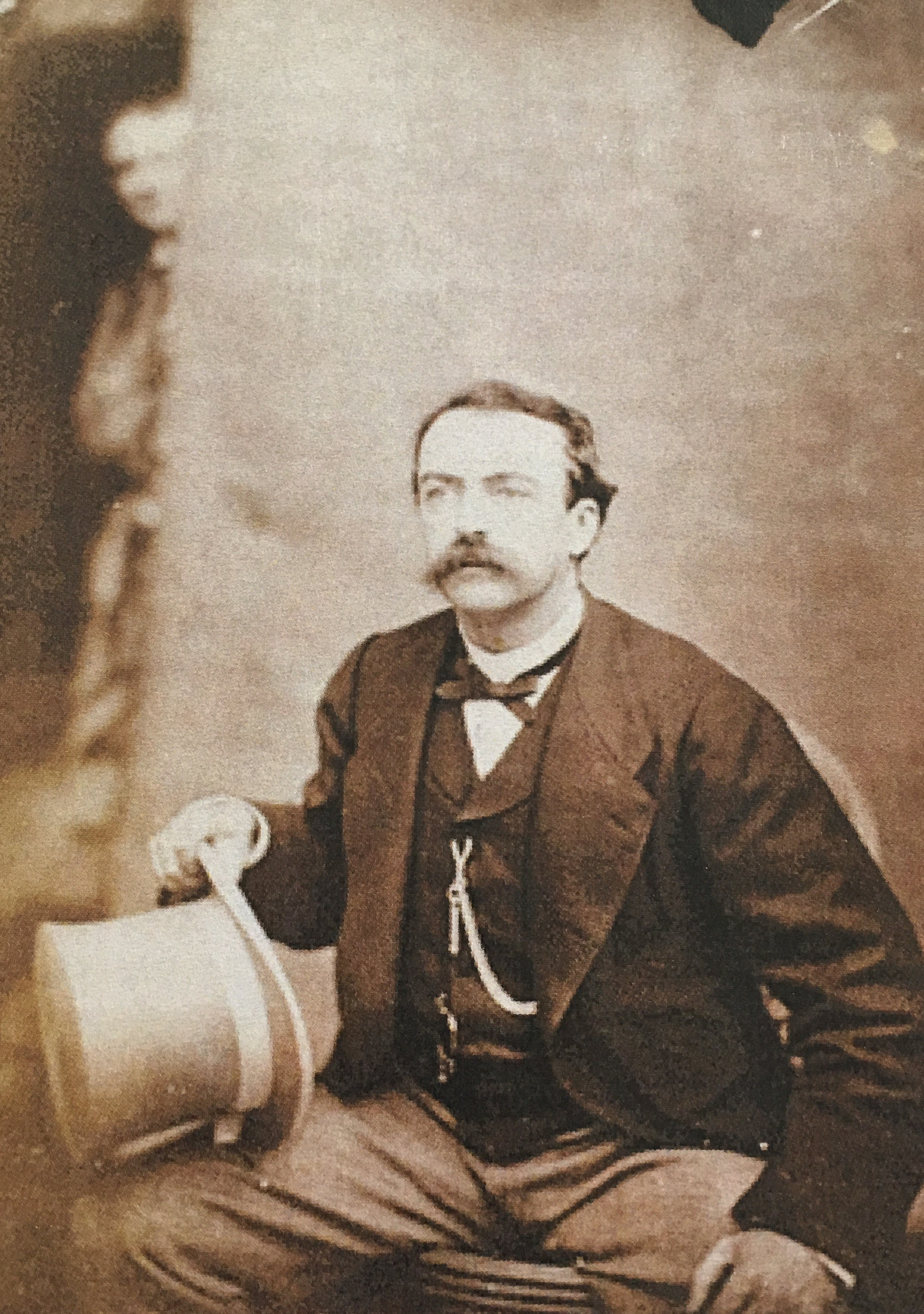Part One.
From that moment onwards…

‘From that moment onwards, our loathsome society rushed, like Narcissus, to contemplate it’s trivial image on a metallic plate. A form of lunacy, an extraordinary fanaticism took hold of these new sun-worshipers’
(Charles Baudelaire)
The first thing you need to do as you begin working through Photography 1: Expressing Vision is possibly the last thing you expected – set your camera to auto mode.
Depending on your camera , you may have a fully auto mode or a ‘programme’ mode, which gives the most options to adjust camera settings in auto. Compact cameras are the most likely to rely on auto presets, whereas a professional DSLR is unlikely to have a fully auto mode. Film cameras may also offer a range of auto and semi-auto modes, although it’s rare to find an auto setting on a camera manufactured before the mid-1970s. Even if you’re using a fully manual camera you’ll still be able to do most of the exercises in Part One.
But why would you want to use auto mode to learn about photography? Photographers often avoid auto mode because they believe it limits creative choice. Arguably, though, that’s exactly what makes auto mode the closest you can get with digital camera to the origins of photography. As early as 1829 Nicéphore Niépce (1765-1833) talked about ‘automatically fixing by the action of light the image formed in the camera obscura’. In 1938, Louis Daguerre (1787-1851) officially announced the invention of photography as ‘the spontaneous reproduction of the images of nature’. At about the same time, scientist and scholar William Henry Fox Talbot (1800-77) described the home he was photographing as ‘this building being the first that was ever known to have drawn its won picture’. Even the title of the first photo book. The photographer didn’t actually make the photograph. It seems that the shocking thing about photography at its very beginning was the way that the photograph ‘produced itself’.
For extreme example of this (and perhaps to experience a similar sense of shock as some commentators in 1838) gist https://camera.org/.
Part One
Evidently life transposes, image making has advanced. Today camera performance has excelled because of technology. The camera is continually in metamorphosis.
Having studied the recommendation of wwwccamera.org/
I feel the snippet in the OCA’s Part One, Project 1. The Instrument. Which reads about the photograph ‘produces itself’ from the excerpt ‘The Pencil of Nature’ By Scientist and Scholar William Henry Fox Talbot ludicrously illogical. Possibly because it was published in 1844 and 1846 and demonstrably photography has progressed forward. Yes, agree the camera operated by the cameraman captures an image and gets to work actioning the image wwwquora.com how does a camera take a picture? Is accurate however, the depiction encapsulated is in my opinion and arguably the skill of whomever is holding the instrument.
I am exuberant about the fact that photographers have opportunities to record nanoseconds, moments of time. Time, passed. Foremost pitfalls in our world, such as warfare, political discord. Journalistic photographers often are tasked themselves in dangerous situations in order to tell the world what is developing.
Looking at the suggested website named above the consequences of war for many catastrophic and as quoted by Neville Chamberlain.
‘In war, whichever side may call itself the victor, there are no winners, but all are losers’.
Neville Chamberlain
The facts are photographed, and are so visually intensive and inescapable. Photographer give us viewers palpable, tangible imagery. I absolutely oppose with the published ‘The Pencil of Nature’.
Photography connects us as fellow humans, it displays past, captures, alarms, enfolds, embraces emotions. Exercises questions. Makes us laugh, cry.
In my opinion, and I feel that of many, it is the photograph that tells the viewer ‘the story’ which is captured by the photographer, behind the camera, but again, yes, the camera is magical but it’s the image that triggers and awakens viewers.
Unfortunately though, like Fox Talbot blissful ignorance stops us learning from the past, in the present, and vice versa. Photography can teach us a lot.
Understanding Histograms in Photography
Fast and Sensitive Camera Technologies
Understanding Camera Sensitivity – a Look at the Numbers
I searched google to find out more about this word in connection with photography and found a useful article 6 Principals of Gestalt Psychology that can improve your Photography
